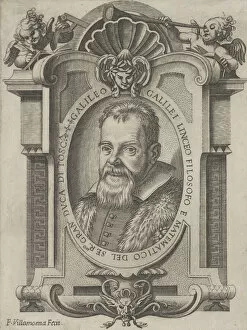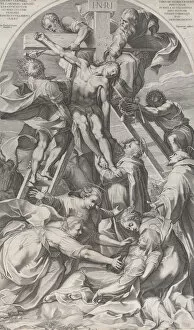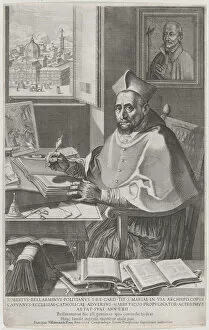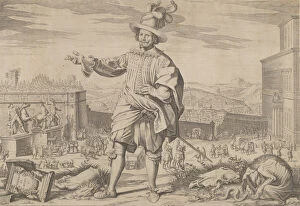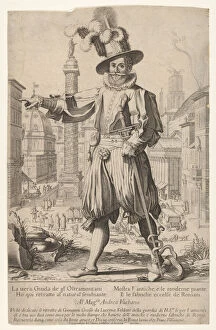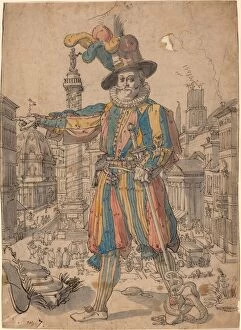Villamena Collection
Francesco Villamena, an Italian artist from the late 16th to early 17th century, left behind a rich legacy of captivating portraits and religious artworks
All Professionally Made to Order for Quick Shipping
Francesco Villamena, an Italian artist from the late 16th to early 17th century, left behind a rich legacy of captivating portraits and religious artworks. His engravings skillfully captured the essence of his subjects, bringing them to life on paper. One such masterpiece is the portrait of Galileo Galilei in 1623. Through intricate details and delicate lines, Villamena immortalized this renowned astronomer and mathematician, showcasing his intelligence and curiosity that would forever change our understanding of the universe. In another portrait from 1613, Villamena portrayed Galileo once again. This time, he depicted him with even more depth and character, capturing not just his physical appearance but also hinting at the profound ideas brewing within his brilliant mind. Villamena's talent extended beyond portraiture as seen in "The Descent from the Cross" created in 1606. In this powerful artwork, he masterfully conveyed raw emotions through each stroke of his engraving tool. The agony and grief felt by those witnessing Christ's crucifixion were palpable on their faces. Cardinal Christopher Clavius was also fortunate enough to have been immortalized by Villamena in a portrait dating back to 1606. With meticulous attention to detail, every line seemed to tell a story about this influential figure who made significant contributions to mathematics and astronomy during the Renaissance period. Another notable work is "Cardinal Roberto Bellarmino at his desk, " completed in 1604. Here we see Bellarmino engrossed in writing - perhaps penning words that would shape history or defend important theological doctrines. Villamena expertly captured both Bellarmino's intellectual prowess and dedication through this engraving. Religious themes were prevalent throughout Villamena's body of work as demonstrated by "The rest on the flight into Egypt" from 1597.


